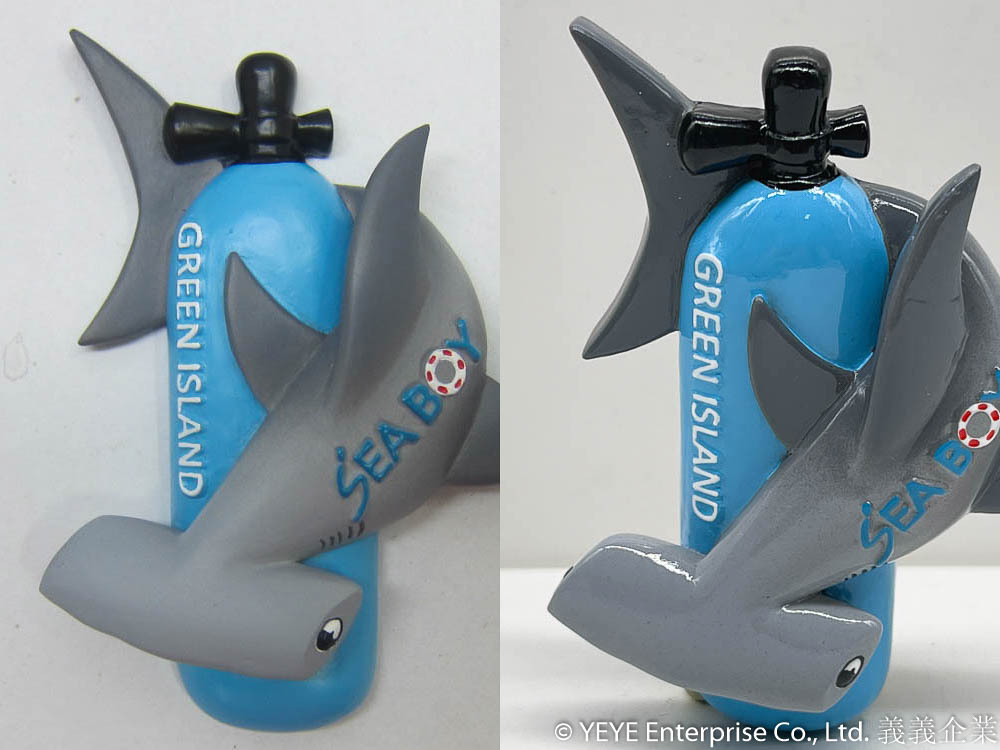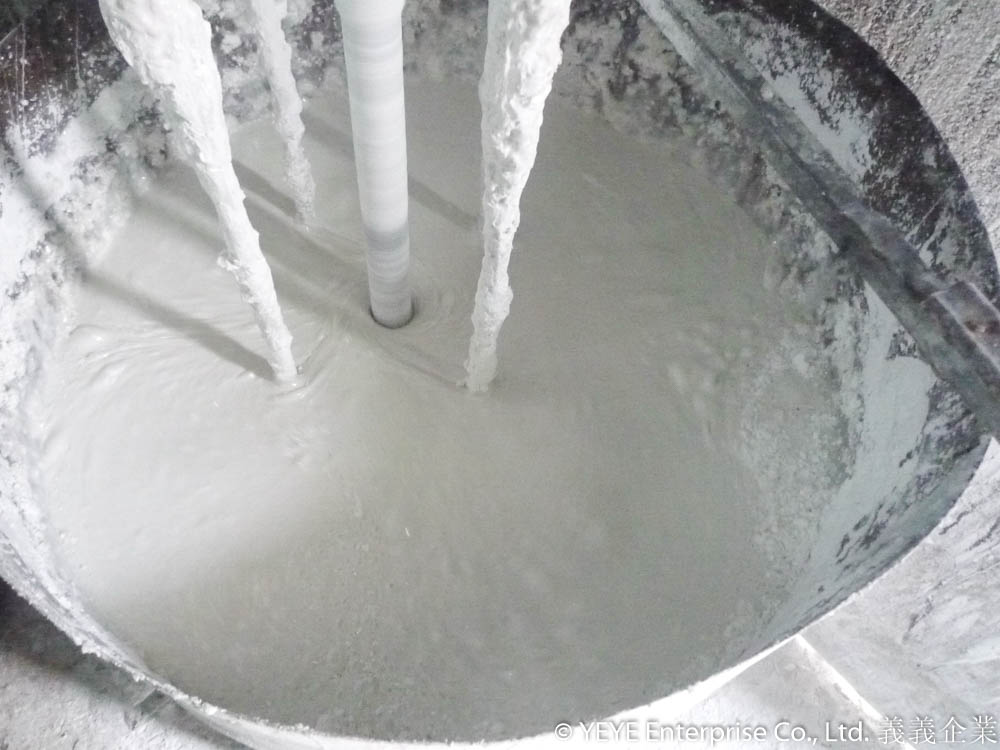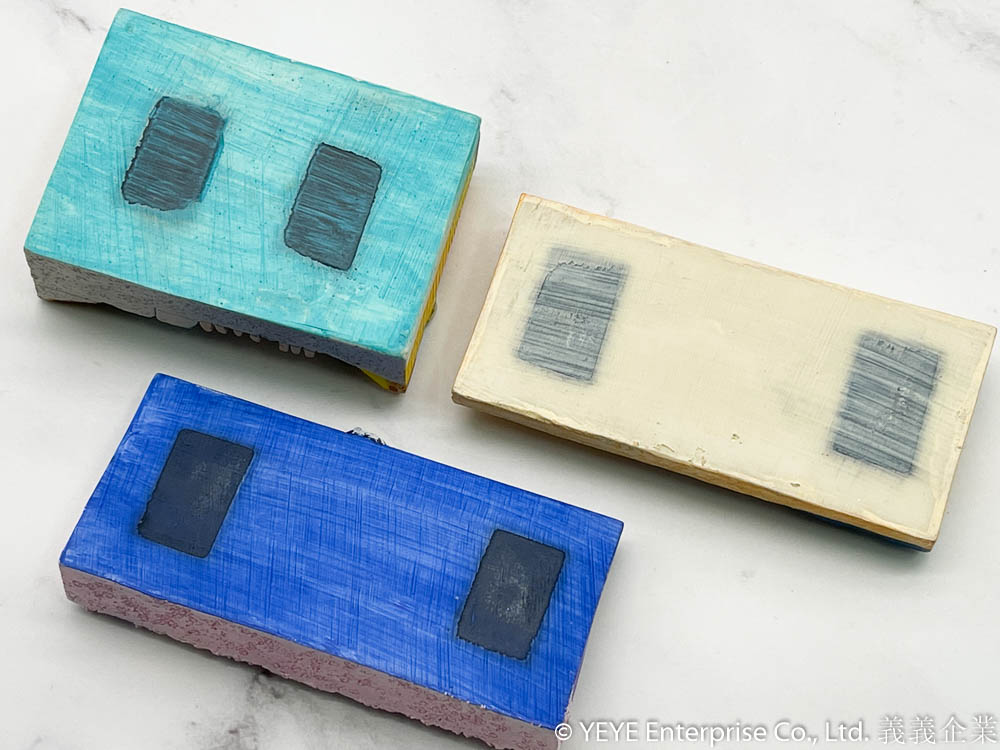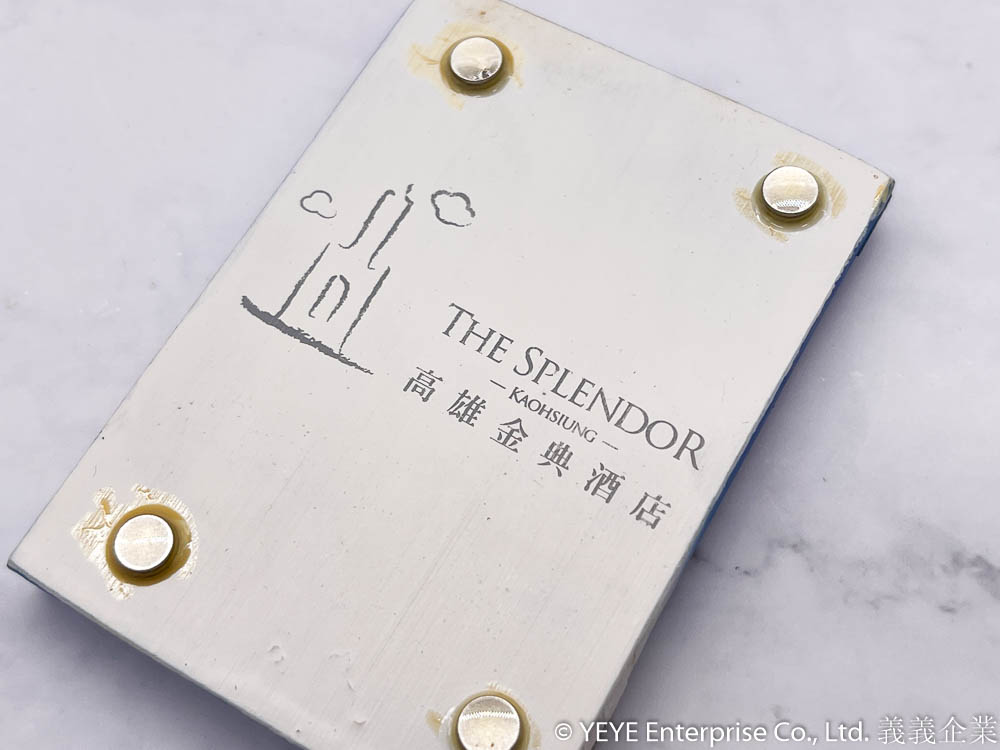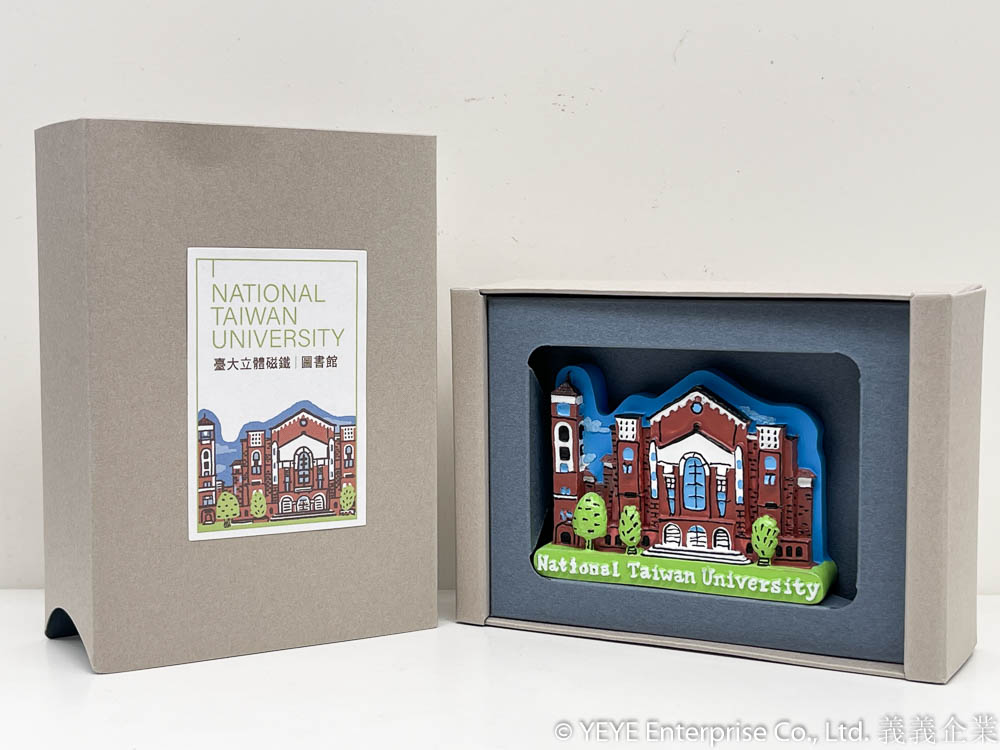Polyresin products are formed by pouring a viscous liquid material into silicone molds. The polyresin material is thick and liquid in its initial state, after upon addition of hardener, it generates heat and gradually solidifies.
The material is poured into molds in its liquid state and left to set, a process known as casting.
Silicone molds is like rubber and possess flexibility, it can be bent and shaped for even intricate designs.
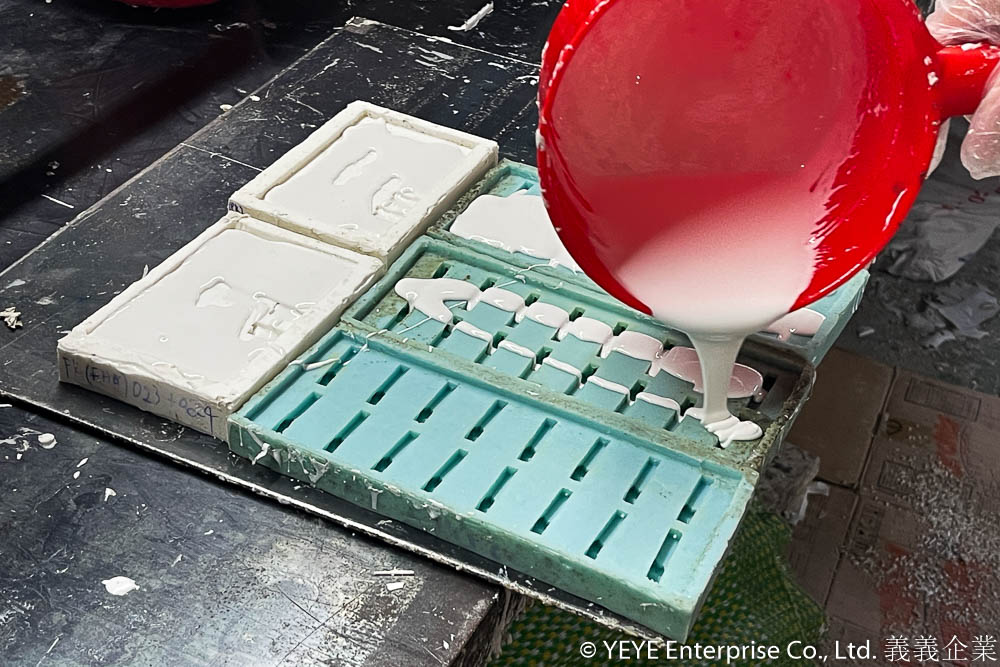
The advantages of silicone molds include:
1) Cost-Effective: Silicone molds are considerably more affordable compared to metal molds.
2) Flexibility: They have flexibility and can produce undercuts and grooves.
3) Various Surface Textures: Silicone molds can create various surface textures, including smooth and rough textures.
4) Easy to Create: They are easy to work with and do not require mold factory.
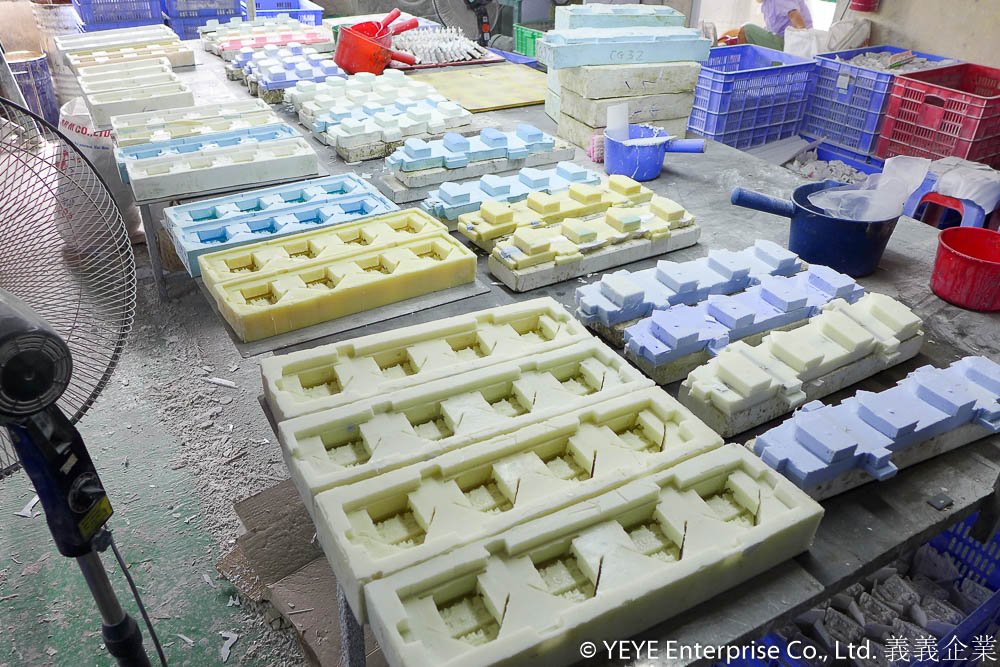
The disadvantages of silicone molds include:
1) Susceptibility to Environmental Factors: Silicone molds are not durable when exposed to temperature and humidity variations in storage conditions.
2) Limited Lifespan: A single mold cannot be used for an extended period as the mold gradually deforms due to high temperatures generated during the polyresin hardening process.
3) Shrinkage: Silicone molds can experience slight shrinkage over time, resulting in a gradual reduction in the dimensions of the cast product. If the mold shrinks or deforms significantly, it must be replaced.
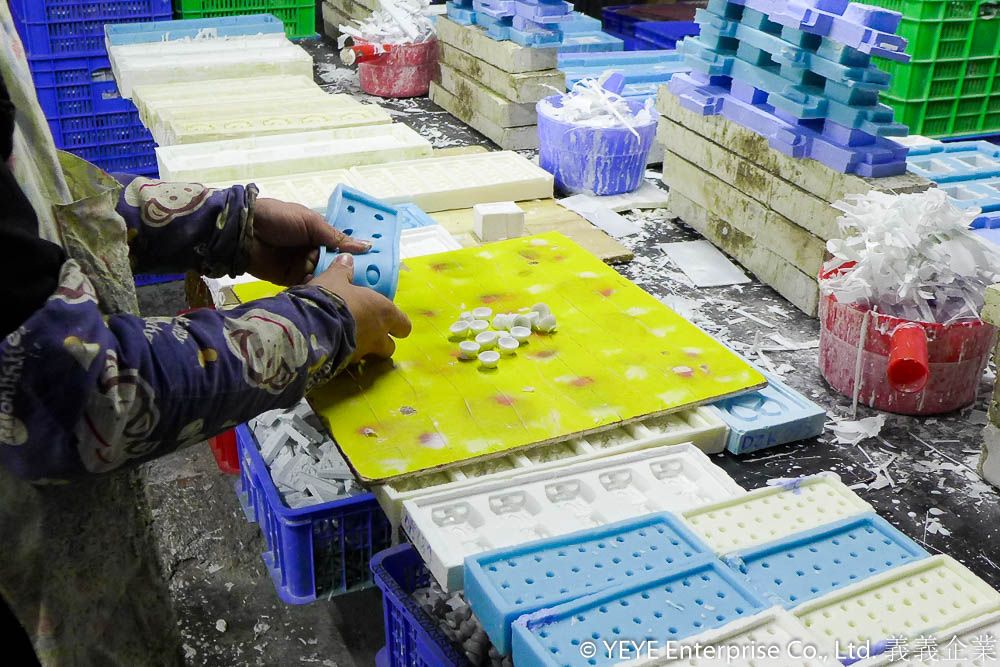
In simple terms, silicone mold is a practical choice for variety in small quantities. If you request a low production q’ty and want to create a wide range of styles, using silicone molds for polyresin products would be a suitable option.

